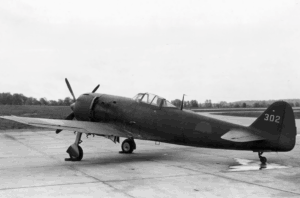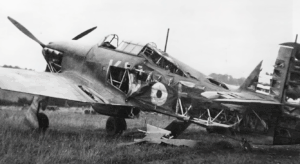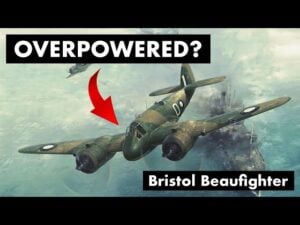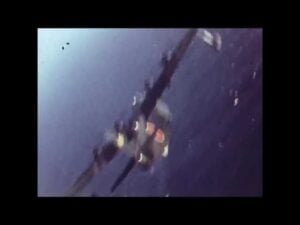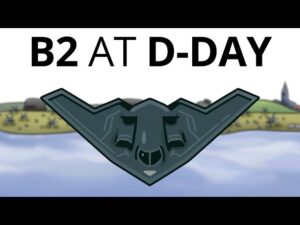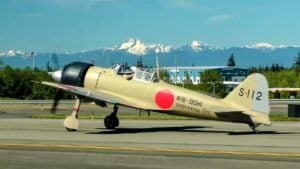The Twin Monster That Took Down Jets
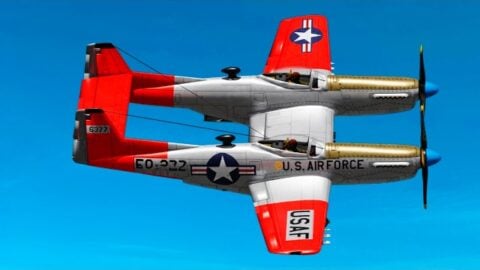
YouTube / Only Planes
Resembling something lifted from the pages of a science-fiction novel, the North American F-82 Twin Mustang was among the most unorthodox fighters ever to take to the skies. Designed in the closing stages of World War II and reaching its prime in the early Cold War, it holds the distinction of being the last piston-powered fighter commissioned by the United States Air Force. Its distinctive double-fuselage configuration featured side-by-side cockpits, enabling two pilots to share the workload on long and demanding missions.
With a lengthened fuselage, reinforced wings, and twin engines, the F-82 boasted exceptional range and versatility. It thrived in multiple roles, serving as a long-range escort, night fighter, interceptor, and ground-attack aircraft, consistently proving its value in the field. Capable of record-breaking endurance flights, it embodied the pinnacle of piston-engine innovation. Even as jet aircraft began to dominate the skies, the Twin Mustang’s daring design and impressive performance secured its lasting legacy in aviation history.
Roots
The F-82 Mustang was born out of a critical need during World War II for a long-range escort fighter. As the USAF planned for extended bombing campaigns against Japan, they needed an aircraft capable of accompanying the B-29 Superfortress bombers on missions spanning the vast Pacific Theater.
In late 1943, the USAF approached North American to see if they could develop a successor to the Mustang, capable of a range of 2,000 miles without having to stop to refuel. Design work started in January 1944. The prototype, XP-82, combined two P-51 Mustang fuselages, each one containing a V-1650 Rolls-Royce Merlin, the same engine utilized by most versions of the P-51. By having two fuselages and two engines, the fuel capacity of the aircraft is doubled, making it easier for the aircraft to fly longer distances. It also provided increased aerodynamic efficiency, as the two fuselages, placed side by side, created less additional drag than a single larger fuselage would have.
Each fuselage would also have its own cockpit, allowing two pilots to alternate control during missions that last up to 12 hours. After several modifications, the first XP-82 prototype was completed on May 25, 1945, and achieved its successful flight a month later. Modified Allison V-1710-100 engines were utilized for future combat models starting with the P-82C. By the time the Army Air Forces accepted the aircraft on August 30, Japan had already surrendered, and WWII was over. This meant that a long-range fighter escort was no longer a priority.
Post-War Period
Following the swift reduction of military forces post-war, the USAF had limited funds for a new propeller-driven aircraft. Thus, the many P-82s that hadn’t had their engines installed were placed in storage, with an unclear future. The onset of the Cold War revived its prospects as tensions escalated throughout 1946. The strategic importance of a capable long-range escort fighter, especially for bombing missions, became evident once more.
This led to the USAF completing the stored P-82s, in many cases, transitioning them to using Allison engines. The aircraft soon showed its excellent performance capabilities. The first operational P-82B units were delivered a year later to the Air Defense Command, part of the newly formed United States Air Force. In April, the 325th Fighter Group became the first operational unit to be equipped with the aircraft.
Becoming the F-82
In the same year, a variation of the P-82E was developed, but it was short-lived. In June 1948, the USAF replaced the “P” with “F” for fighter, and all P-82s became F-82s. Over the next two years, more F-82 squadrons were established. In June 1950, the fighter would have the opportunity to prove itself in combat in the Korean War, conducting reconnaissance missions on key transportation routes. F-82s also engaged in North Korean fighters, resulting in the first US aerial victory of the war.
In the early part of the war, the F-82 would play a key role in the US aerial operations, proving its versatility by adapting to many roles that went far beyond its initial vision of a long-range escort fighter. As the war progressed, F-82s would also be used for weather reconnaissance and maintaining airfield alerts during nighttime and adverse weather conditions. However, combat duties were eventually reduced when they were replaced with newer fighters such as the jet-powered Lockheed F-94 Starfire.
Eventually, wear and tear, along with a shortage of spare parts, led to the F-82 being phased out from the USAF inventory, and the last units were officially retired by 1953.
Legacy
Although the North American F-82 Twin Mustang had a relatively short service career, it has left an indelible mark on aviation history. Its distinct fuselage design stood out, with its impact and versatility proving to be profound as the aircraft constantly adapted to the US military’s ever-changing needs. It created a niche that demonstrated the adaptability and endurance of piston engine fighters in an era that was increasingly dominated by jets.














